1. Vintage Wristwatches

That old watch sitting in your grandfather’s drawer might be worth more than you think. Brands like Rolex, Patek Philippe, and Omega have seen their vintage models skyrocket in value, often because of craftsmanship that’s no longer replicated. Collectors crave the authenticity and patina that come with decades of wear. Even mid-tier brands from the mid-20th century can fetch thousands if they’re in good condition and have original parts.
Many people overlook these watches because they don’t realize the market has exploded in recent years. Limited production runs and historical significance add to their appeal. For example, a 1960s Rolex Submariner can sell for six figures today. If you have one with papers or provenance, it’s worth getting appraised before it ticks away unnoticed.
2. First Edition Books
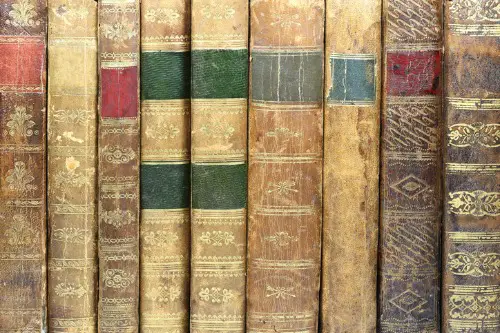
Books are sentimental keepsakes, but some early editions can also be incredible investments. A first printing of Harry Potter and the Philosopher’s Stone or The Great Gatsby can command staggering prices. Condition and dust jackets make a huge difference—mint copies with original covers are especially valuable. Rarity, combined with cultural impact, drives demand from collectors and institutions alike.
The best part is that these gems often hide in plain sight. Many families inherit books without realizing they’re collectible versions. Even 20th-century authors like Tolkien or Orwell have early printings worth thousands. If you find a first edition, consult a rare book dealer before donating it to a library sale.
3. Fine China and Porcelain

Grandma’s china cabinet might seem old-fashioned, but certain patterns are now highly collectible. Brands like Royal Copenhagen, Meissen, and early Royal Doulton have regained popularity for their artistry and craftsmanship. Limited runs and discontinued patterns create scarcity that fuels prices. Some hand-painted pieces can now sell for more than a full dining set ever did new.
Many younger generations overlooked fine china for years, preferring minimalist dishes. But nostalgia and renewed interest in traditional aesthetics have revived the market. Collectors value sets that are complete and in pristine condition. So before you relegate those floral plates to the attic, check their maker’s mark—some are quietly appreciating like fine art.
4. Mid-Century Furniture

That teak sideboard or Eames chair your parents bought in the ’60s might just be a design goldmine. Mid-century modern furniture from names like Herman Miller or Knoll has surged in desirability, especially as home design leans retro. Authenticity and condition matter most—pieces with original labels or documentation can sell for tens of thousands. Even lesser-known designers from the same era are seeing strong appreciation.
The appeal is simple: timeless lines, quality materials, and the scarcity of genuine examples. Many reproductions flood the market today, but collectors want the real deal. Auction houses have seen record-breaking results for pieces that once seemed purely utilitarian. So if you’ve been thinking about replacing that “old” credenza, maybe appraise it first.
5. Vintage Jewelry
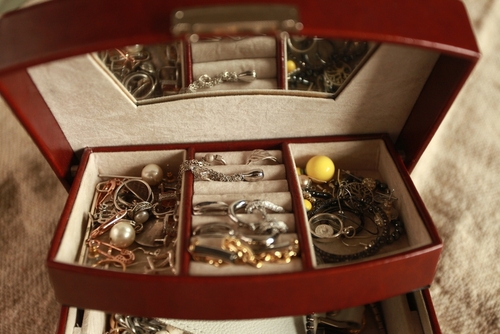
Jewelry from the early to mid-1900s often carries both emotional and financial weight. Art Deco and Victorian pieces, especially those with original gemstones and settings, are in high demand. The craftsmanship of those eras—hand engraving, filigree work, and natural gemstones—sets them apart from mass-produced modern pieces. Signed items from designers like Cartier or Tiffany can command extraordinary prices.
Many families have heirloom rings or brooches that have been tucked away for decades. Because styles cycle back into fashion, vintage jewelry often regains popularity. The materials alone—gold, platinum, natural sapphires—ensure lasting value. Having a jeweler authenticate and appraise them can turn forgotten pieces into profitable treasures.
6. Vinyl Records

If you’ve inherited a crate of old LPs, don’t dismiss them too quickly. Original pressings from artists like The Beatles, Pink Floyd, or Bob Dylan have become collector staples. Limited releases, misprints, or albums with unique cover art can sell for hundreds or even thousands. Condition and authenticity (like original sleeves) make all the difference.
Vinyl’s comeback has been one of the biggest surprises of the last decade. Collectors and audiophiles alike crave the analog sound and nostalgia. Even some lesser-known jazz or punk records from small labels can be goldmines due to rarity. Before you drop that stack at a thrift store, it’s worth flipping through Discogs for surprises.
7. Antique Toys

Those tin cars or wooden dolls you played with—or your grandparents did—might have serious value now. Pre-World War II toys, especially from brands like Märklin or early LEGO sets, have become prized by collectors. Original packaging dramatically increases worth, since few survived intact. Even simple wind-up toys can command impressive sums.
The nostalgia factor plays a big role here. Collectors love reconnecting with the toys of their childhood, especially when they’re scarce. Condition and brand authenticity are key—reproductions abound. So if you find an old toy chest in storage, handle it gently and check before selling it at a yard sale.
8. Silverware Sets
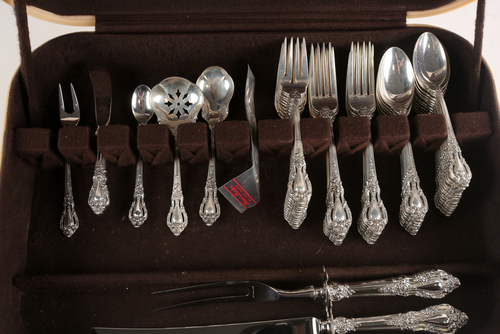
Sterling silver flatware used to be a wedding staple, and now it’s often forgotten in drawers. But rising silver prices and collectible patterns have made certain sets valuable again. Brands like Gorham, Wallace, and Tiffany & Co. stand out for their craftsmanship and historical appeal. Even tarnished pieces can shine with a professional polish and appraisal.
Collectors seek full sets or rare patterns that were discontinued decades ago. Some patterns—like Gorham’s Chantilly—have passionate followings and can appreciate steadily. Unlike plated silver, solid sterling is easy to identify and melt value alone adds a safety net. Before you donate that silver chest, check for hallmarks—it might pay for a vacation.
9. Vintage Posters
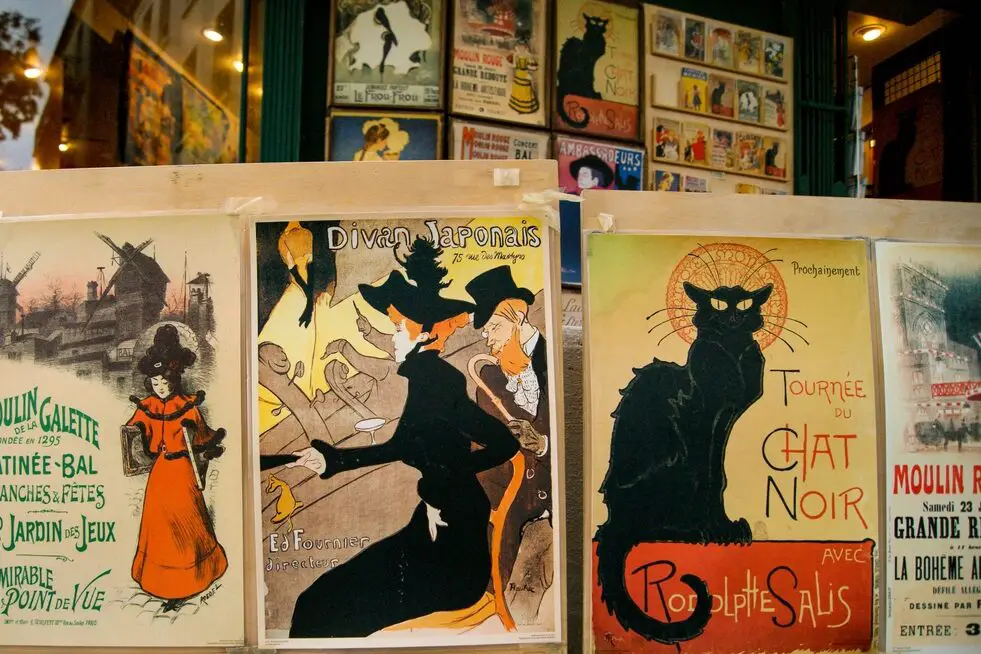
Movie and travel posters from the early to mid-20th century have become big business. Original prints promoting films, airlines, or destinations were often discarded, so surviving examples are rare. Posters from classic Hollywood—think Hitchcock or Audrey Hepburn—regularly sell for thousands. The artwork and cultural nostalgia make them both beautiful and profitable.
Many people have these rolled up in attics, unaware they’re collectible art. Restoration and proper framing can significantly increase value. Early lithographic prints, especially by noted designers, are in high demand. If you’ve got an old poster tube gathering dust, it’s worth a closer look.
10. Vintage Cameras

Film photography has made a surprising comeback, boosting demand for vintage cameras. Classic models from Leica, Hasselblad, or Nikon are especially sought after. Their precision engineering and durable design mean many still function perfectly. Rare models or limited editions can bring in thousands at auction.
Photography enthusiasts love the tactile experience that digital cameras can’t replicate. Even Polaroid cameras and early 35mm film models have become trendy again. Lenses, especially those made in Germany or Japan, can be collectible on their own. Check the attic—you might find a small box worth big money.
11. Coins and Currency
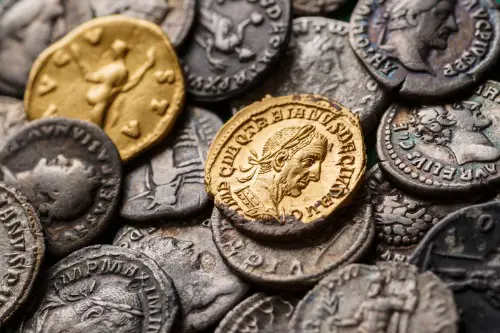
Old coins aren’t just for hobbyists—they can be solid investments. Rare mintings, silver content, and historical context all play roles in value. U.S. coins like the 1909-S VDB penny or Morgan silver dollars are famous examples. Paper currency, especially with printing errors or limited runs, also attracts serious collectors.
Many families inherit coin jars without realizing their potential. Even small details—like mint marks—can make a huge difference in price. Numismatic markets are stable and global, giving coins long-term investment potential. Before spending that “odd-looking penny,” it might pay to research it first.
12. Antique Quilts and Textiles
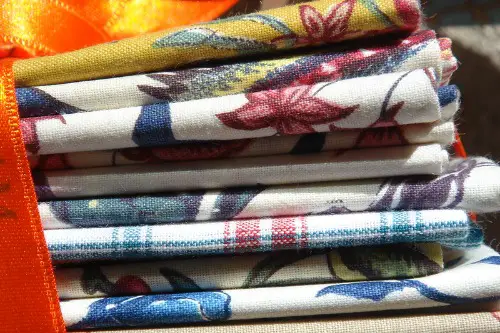
Hand-stitched quilts and woven textiles are more than cozy keepsakes—they’re pieces of art. 19th-century quilts, especially those with intricate patterns or regional styles, can fetch thousands. Collectors prize craftsmanship, originality, and color preservation. Fabrics that tell a story—like friendship or pioneer quilts—are especially desirable.
These pieces are being rediscovered by museums and design collectors alike. Many were made by women whose artistry went unrecognized for generations. Now, their historical and cultural significance adds to the appeal. So that “old blanket” in the cedar chest could actually be a heritage-level treasure.
13. Musical Instruments

Inherited instruments can sometimes be worth a small fortune. Violins from certain European makers, vintage Gibson guitars, and early Fender models have become investment icons. Their sound quality, materials, and limited production make them irreplaceable. Even well-used instruments can gain value if they’re historically significant.
Musicians and collectors both compete for these rare finds. Original cases, serial numbers, and maintenance records enhance authenticity. Some instruments, like 1950s Les Pauls, have sold for hundreds of thousands. So before letting that old guitar gather dust, tune it—and check its serial number.
14. Old Comic Books
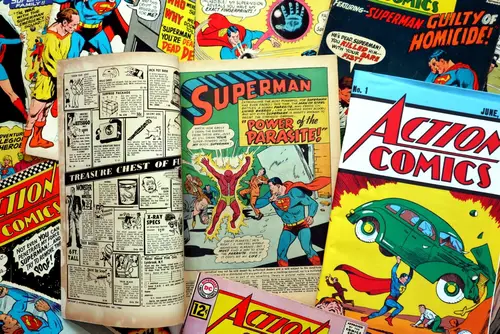
Comic books aren’t just childhood fun—they’re investment powerhouses. First appearances of beloved characters like Spider-Man or Batman have broken auction records. Condition, rarity, and issue number determine value, with early Golden and Silver Age comics leading the pack. Even lesser-known issues can appreciate quickly if they feature key storylines.
Collectors are passionate and global, which keeps the market strong. Protective storage and grading are crucial for maintaining value. A single comic from the 1940s can be worth more than a car today. That box of comics in your basement might just hold one of those legends.
15. Vintage Handbags

High-end handbags from decades past have become status symbols and investments in their own right. Brands like Hermès, Chanel, and Louis Vuitton see their vintage models appreciate year after year. Rarity, craftsmanship, and brand prestige drive the prices—some Hermès Birkins now sell for over $100,000. Even lesser-known luxury brands have found a devoted resale market.
Collectors value handbags with original packaging, receipts, and minimal wear. Limited-edition colors and discontinued models are particularly sought after. The secondary market has grown rapidly thanks to authentication services and fashion nostalgia. That old purse at the back of the closet might just be your best-performing asset.
This post 15 Forgotten Heirlooms That Turn Out to Be Investment Goldmines was first published on Greenhouse Black.
